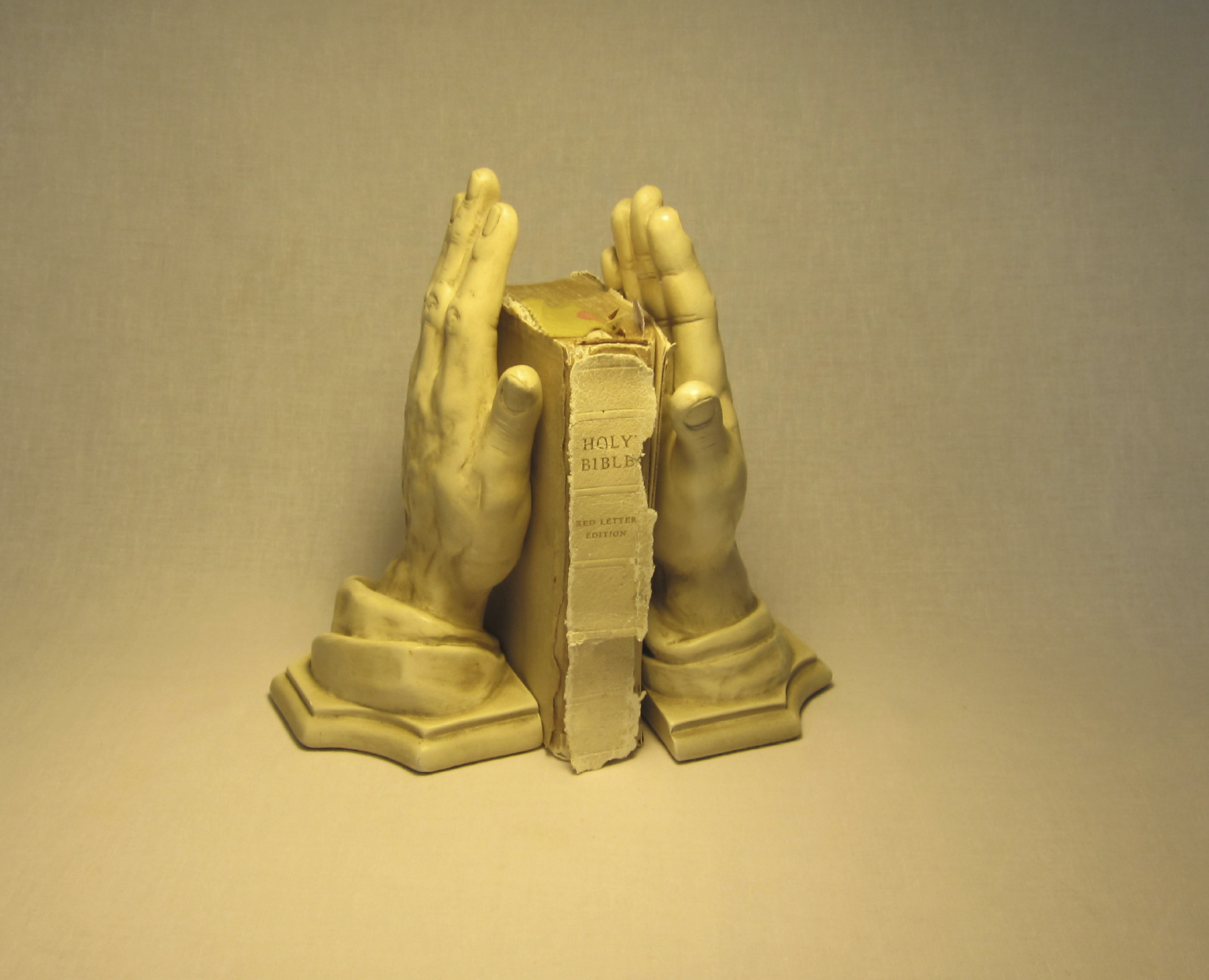 Today’s post shows some contrasts and fulfillments between the first book of the Bible, Genesis, and the last book, Revelation. There is a kind of “bookend” quality to those books wherein things are announced or initiated in Genesis and then fulfilled or finished in Revelation.
Today’s post shows some contrasts and fulfillments between the first book of the Bible, Genesis, and the last book, Revelation. There is a kind of “bookend” quality to those books wherein things are announced or initiated in Genesis and then fulfilled or finished in Revelation.
Consider the following two lists. I pray that you will appreciate the parallels and paradoxes presented in them, especially during the months of November and December, when we consider the four last things and the culmination of history in Christ Jesus.
- The Devil’s doom is announced in Genesis (3:15). It is carried out in Revelation (12 and 20).
- Satan is not evident in the first two chapters of Genesis. Neither is Satan present or even mentioned in the last two chapters of Revelation.
- Genesis is the seedbed of all theology and cosmology. Revelation is the culmination of all theology and cosmology. (N.B. Cosmology is the study of the origin and development of the universe.)
- The First Adam is established on earth in Genesis (2:4ff). The Second Adam is established in glory in Revelation (19).
- The night, the darkness, and the sea are created in Genesis (1:1ff). In Revelation there is no more night, no more sea (21:1 and 21:23).
- A bride is presented to Adam in Genesis (2:18-24). A bride (the Church) is presented to Christ in Revelation (19:6-8; 21:9-11).
- There is the tree of life in the garden of paradise (Genesis 2:8) and the tree of life in God’s new creation (Revelation 22:2).
- Sin begins in Genesis and brings death and curse (3:7) In Revelation sin has been put down and death is no more. There is no sighing, dying, crying, moaning, groaning, or pain. The former things are passed away (Revelation 21:4-5).
- Satan appears for the first time in Genesis (3:1ff). Satan appears for the last time in Revelation (20:7-10).
- Satan utters the first lie (you shall not die) in Genesis (3:4). In Revelation Heaven is a city into which no liar can enter (21:8).
- Man is driven from God’s face in Genesis (3:23-24). Man beholds God’s face in glory in Revelation (21:23ff and 22:4).
- Genesis begins with a wedding. Revelation ends with a wedding.
Particularly as we prepare for the Feast of Christ the King this coming Sunday, notice the following contrasts between the Lord’s First Coming and His Second Coming:
- In His First Coming there is a crucifixion. In His Second Coming there is a coronation.
- In His First Coming He hangs from the cross as a judged criminal. In His Second Coming He is enthroned for judgment.
- In His First Coming He endures the shame of the cross. In His Second Coming He shines forth in splendor.
- In His First Coming He comes to redeem. In His Second Coming He reigns in glory.
- In His First Coming He is the suffering servant. In His Second Coming He is the splendid sovereign.
- In His First Coming He is the justifier. In His Second Coming He is judge.
- In His First Coming He is our redeemer. In His Second Coming He is our ruler.
The Bible has many books and forms a kind of library. But at the center, unifying all the books, is Jesus Christ, Lord of History. He is the Alpha and the Omega. All times and seasons belong to Him.
The video below shows the singing of the hymn “Crown Him with Many Crowns” at Westminster Abbey a few years ago. The second verse of the hymn is,
Crown Him the Lord of love, behold His hands and side,
Rich wounds, yet visible above, in beauty glorified.
No angel in the sky can fully bear that sight,
But downward bends his burning eye at mysteries so bright.
And the last verse is,
Crown Him the Lord of years, the Potentate of time,
Creator of the rolling spheres, ineffably sublime.
All hail, Redeemer, hail! For Thou has died for me;
Thy praise and glory shall not fail throughout eternity.

